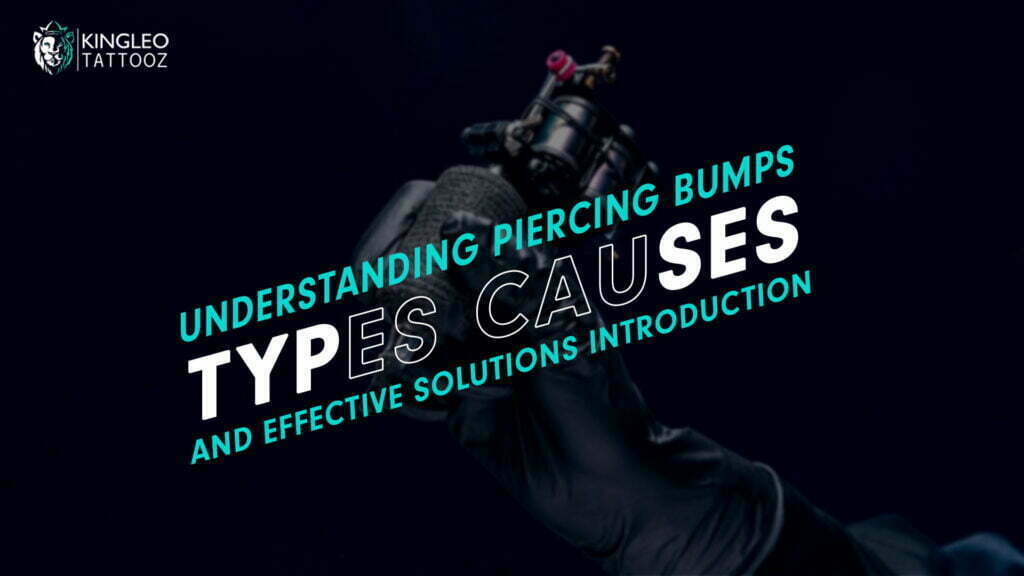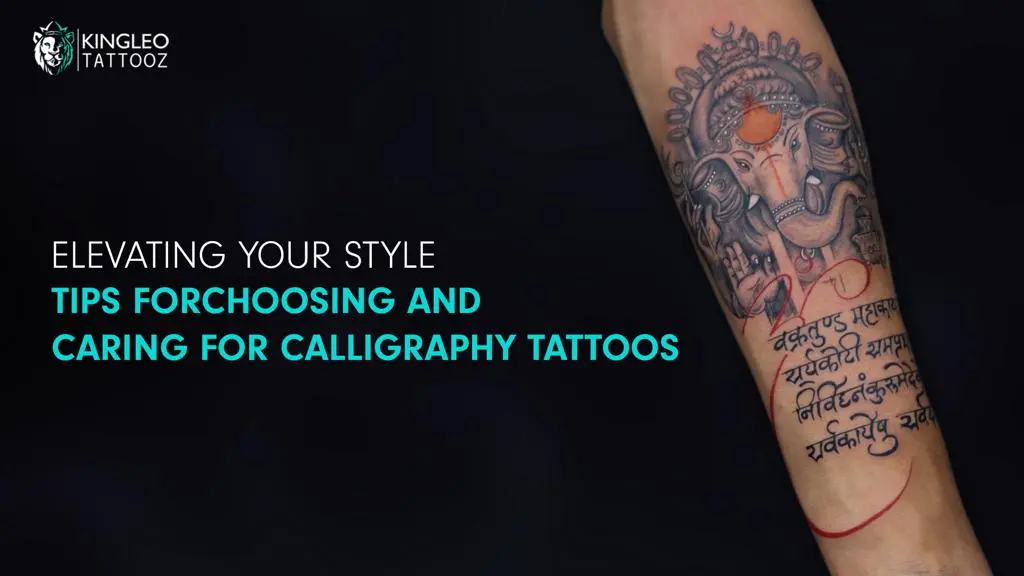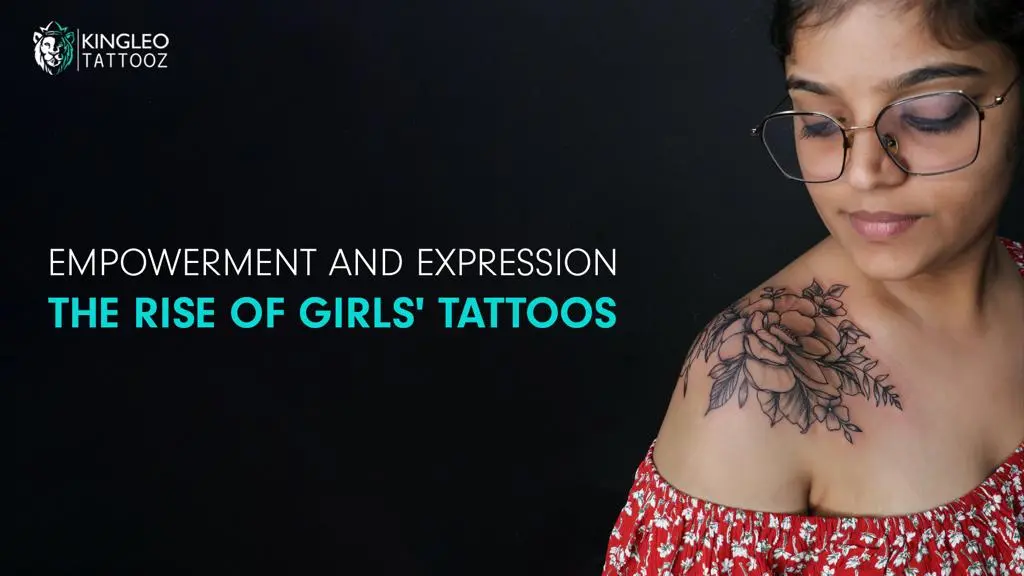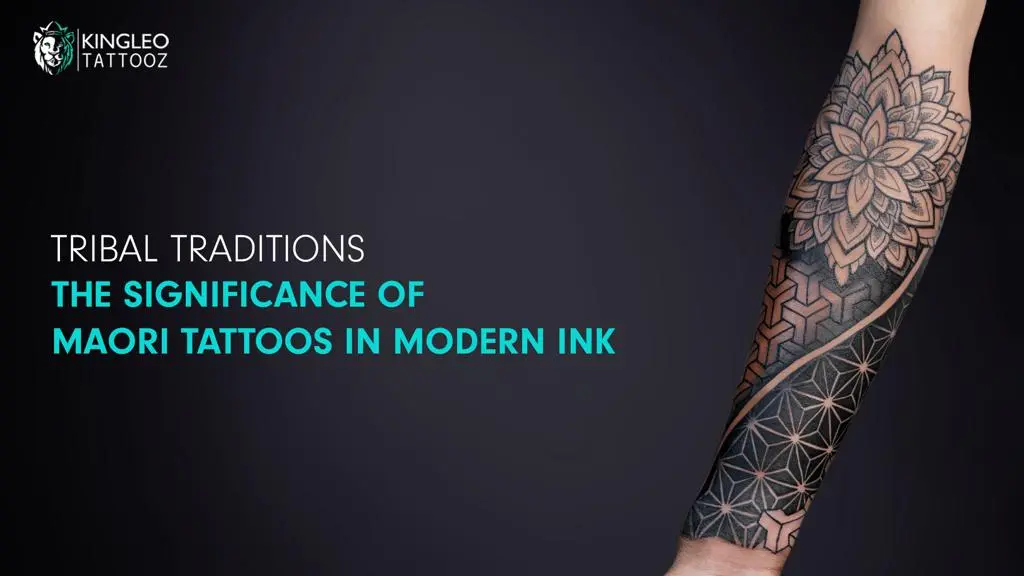
I. Introduction
In the world of body piercings, it’s not uncommon to encounter various types of bumps around the piercing site.
These bumps can be a cause of concern and discomfort for individuals who are not familiar with them.
Understanding the different types of piercing bumps and their effective remedies is crucial for anyone considering or currently having piercings.
This comprehensive guide aims to shed light on the topic, providing valuable insights and guidance.
II. Understanding Piercing Bumps
A. Definition of Piercing Bumps
Piercing bumps refer to the small raised areas that can form around a new or existing piercing. These bumps can vary in size, shape, and appearance, and they may develop due to different factors.
B. Causes and Common Triggers
Piercing bumps can be caused by various factors, including infections, irritations, keloids, hypertrophic scars, and granulomas.
Certain triggers such as trauma, improper aftercare, poor-quality jewelry, and individual susceptibility can contribute to the development of these bumps.
C. Differentiating Between Infection and Irritation Bumps
It’s essential to differentiate between infection and irritation bumps to determine the appropriate course of action.
Infection bumps are typically accompanied by symptoms like pain, redness, swelling, and discharge, while irritation bumps may be caused by factors like friction, allergies, or excessive touching.
III. Types of Piercing Bumps
A. Infection Bumps
Infection bumps around a piercing can indicate the presence of a bacterial or fungal infection.
Recognizing the symptoms and understanding the different types of infections is crucial for appropriate treatment.
B. Irritation Bumps
Irritation bumps are a common occurrence and can be caused by various factors such as allergies, rough handling, improper jewelry, or inadequate aftercare.
Identifying the causes and understanding the symptoms and appearance of irritation bumps is important for effective management.
C. Keloid Bumps
Keloid bumps are characterized by the overgrowth of scar tissue around the piercing site.
They can be more challenging to treat and may require specialized medical attention.
Understanding the definition, characteristics, risk factors, and treatment options for keloid bumps is crucial.
D. Hypertrophic Scars
Hypertrophic scars are raised and thickened scars that can form around a piercing.
They are different from keloids but share some similarities.
Recognizing the causes, risk factors, treatment, and management options for hypertrophic scars is essential for individuals with this type of bump.
E. Granulomas
Granulomas are small, round bumps that can form near a piercing.
They are typically caused by an inflammatory reaction to jewelry materials or foreign bodies.
Understanding the definition, identification, causes, risk factors, and treatment options for granulomas is important for effective management.
IV. How to Get Rid of Piercing Bumps
A. General Care and Maintenance
Proper cleaning and hygiene practices are vital for preventing and managing piercing bumps. This section will outline recommended cleaning solutions, hygiene practices, and tips for avoiding irritants and allergens.
B. Treating Infection Bumps
Recognizing the signs of an infection is crucial for timely treatment. This section will provide information on home remedies for mild infections and emphasize the importance of seeking medical attention for severe infections.
C. Remedies for Irritation Bumps
Identifying the causes of irritation and implementing appropriate remedies can help alleviate irritation bumps. This section will cover effective home remedies and highlight the importance of consulting a professional piercer for assistance.
D. Dealing with Keloid Bumps
Keloid bumps can be challenging to manage and may require professional intervention. This section will explore different treatment options, medical procedures for keloid removal, and aftercare measures to prevent recurrence.
E. Managing Hypertrophic Scars
Non-surgical treatment options can be effective in managing hypertrophic scars. This section will discuss various treatment approaches, including topical treatments, pressure therapy, and lifestyle changes to promote healing.
F. Treatment of Granulomas
Home remedies and self-care practices can aid in the treatment of granulomas. This section will explore medical procedures for granuloma removal and provide preventive measures to avoid their recurrence.
V. Summary and Key Takeaways
In summary, understanding the different types of piercing bumps and their remedies is crucial for individuals with piercings.
It’s important to differentiate between infection, irritation, keloid, hypertrophic scars, and granulomas to determine the appropriate treatment approach.
Seeking professional help when needed, following proper aftercare, and maintaining good hygiene practices are essential for preventing and managing piercing bumps.
Q&A
Piercing bumps and keloids are raised scars or growths that can develop around the piercing site.
While they may look similar, there are differences between the two.
Piercing bumps are small, localized bumps that occur around the piercing site, while keloids are larger, more raised scars that extend beyond the original piercing area.
Keloids may also be itchy, whereas piercing bumps might not cause any discomfort.
Piercing bumps may develop due to various reasons, such as irritation, infection, or trauma to the piercing site.
Touching the piercing frequently, using inappropriate aftercare methods, or wearing low-quality jewelry can all contribute to the development of piercing bumps.
Piercing bumps and irritation bumps may look similar, but there are some key differences.
Irritation bumps are usually red, inflamed, and appear soon after getting a piercing.
They can be managed by addressing the source of irritation and practicing proper aftercare.
On the other hand, piercing bumps may develop later in the healing process and may require specific treatments.
To clean your piercing and reduce the risk of developing bumps, use a saline solution or a mixture of warm water and sea salt.
Dilute 1/4 teaspoon of sea salt in 8 ounces of warm water and soak a clean cotton ball in the solution.
Gently clean the area around the piercing twice a day, making sure to remove any crust or buildup.
There are several remedies you can try to reduce piercing bumps. One option is applying a warm chamomile tea bag to the affected area. Chamomile has soothing properties that may help reduce inflammation and promote healing. Another remedy is applying a tea tree oil diluted with a carrier oil like coconut oil. Tea tree oil has anti-inflammatory and antimicrobial properties that can aid in reducing piercing bumps.
If your piercing bump does not improve with home remedies and persists for an extended period If your piercing bump does not improve with home remedies and persists for an extended period, it may be time to seek the assistance of a professional piercer or dermatologist.
While some minor bumps or irritations can be treated at home with saline solution or warm compresses, there are cases where the bump may require a more specialized approach.
A professional piercer or dermatologist can evaluate the bump, determine the cause, and provide the appropriate treatment.
They have the knowledge and experience to identify any underlying issues that may be contributing to the persistent bump and can offer guidance on how to resolve it effectively.
Additionally, if there are any signs of infection such as excessive redness, swelling, pain, or discharge, it is crucial to seek professional help as soon as possible to prevent further complications.
Remember, the health and well-being of your piercing should never be taken lightly, and seeking professional guidance is always a wise decision when home remedies fail to improve the situation.






